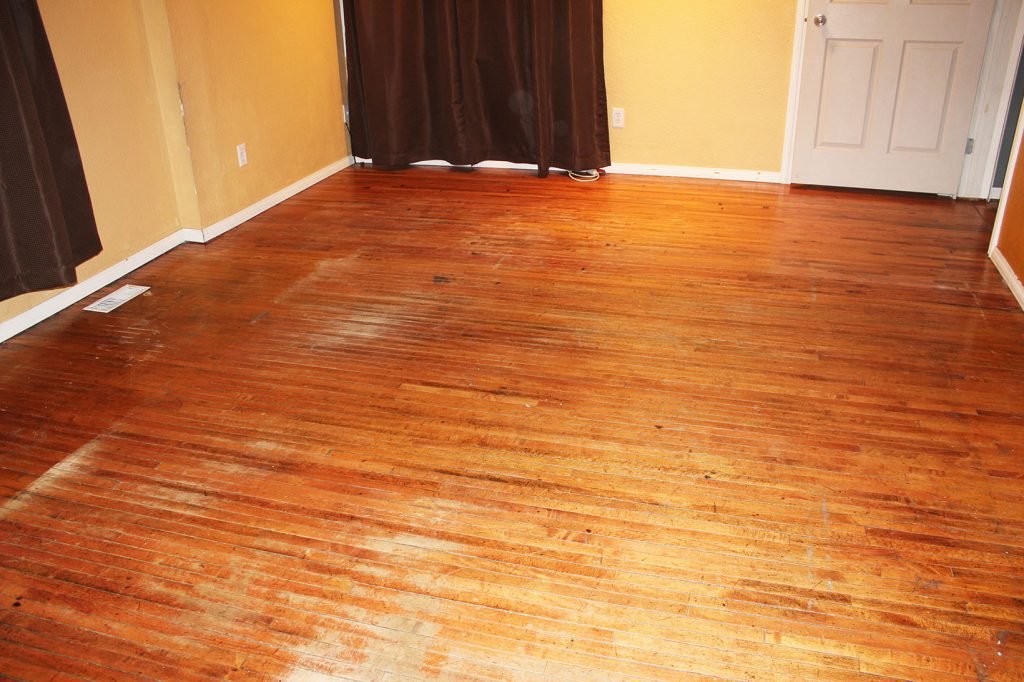5 Things You Should Know About Water Damaged Hardwood Floors
RH Business Marketing Solutions
Hardwood floors give your home a warm, luxurious feel, and they look great! Hardwood floors are durable and properly maintained can last for years. Then sand them down, re-urethane them, and they'll last decades!
While wood offers many benefits, it has one enemy, and that's water! Imagine coming home to discover your wood floors have been damaged because a pipe has burst. Water damage can make your floors appear discolored, and it can even make them dangerous. While water damage can be discouraging, depending on several factors, you won't necessarily need to replace your damaged floors.
In this post, we're going to look at five things you need to know about water-damaged hardwood floors before you decide to repair or replace them!
Factors to Consider
Sometimes water damage is obvious, for example, when a pipe bursts. Other times water damage can occur gradually over time, for example, a leaking water line from the refrigerator's ice maker. Keep an eye open for signs you might have water damage. Look for warped floors, discoloration, mold, or bacteria growth. If you notice damage early, you'll be in a better position to repair rather than replace your floors.
How Long Ago Did The Damage Occur? - If it's only been a couple of hours, you can probably clean it up with minimal effects on your floor. However, if you went away for the weekend and it's been leaking for days, you are in some trouble. If you're unsure what happened, look for signs like staining, buckling or cupped boards, nails popping out, or mold. These are all indicators that the water has had too much time to do its work. Remove any water as quickly as possible. Dry the floors using towels to suck up as much surface moisture as possible.
How Long Did The Water Remain? - Time is a factor. How long ago did the incident occur? But also how long has the water been on the floor. If water is on the floor for more than 24 hours, the need to replace the floor increases.
What Was the Source of the Water? - Few people realize, but the source can be a determining factor of whether to repair or replace your hardwood. Four types of water can damage your floors to varying degrees they are:
• Clean Water - If your floors were soaked with clean water, you can probably repair them. Clean water has no bacteria and probably came from your faucet, bathtub, or shower. As long as there are no dangerous chemicals or materials, remove the water quickly!
• Greywater - Unfortunately, if the leak came from the dishwasher or clothes washer it's not clean. While the contaminants may not be dangerous, they are questionable like bleach, food particles, etc.
• Blackwater - This is the most dangerous and comes from contaminated sources like an overflowing toilet or backed-up sewer system. It contains bacteria that can cause disease in humans and animals.
• Saltwater - While not dangerous, saltwater can damage wood floors if it's not dealt with immediately. For example, if a saltwater fish tank spills onto the floor, and if not cleaned up immediately can damage the floor's finish.
Physical Damage - Is there visible physical damage? You'll need to determine the extent of physical damage before deciding whether to repair or replace it. Look for:
• Cupping – The edges of the floorboard lift as the wood expands due to water.
• Crowning – Boards are forced together due to moisture build-up. Planks can stick out, or shrink permanently depending on how much moisture is present.
• Buckling – A result of severe water damage, buckled boards are rare, but also one of the most severe types of physical damage.
• Staining – Staining is discoloration due to damage and it comes in two types, white stains, and black stains. White stains indicate that the floor's finish has been mildly damaged. Black stains mean that water has absorbed and wil require extensive repairs.
DIY or Hire a Pro?
If repair is an option you may consider doing the repairs yourself. Start by assessing the damage. If it's mild, was caused by clean water, and involves cleaning up a white stain, chances are you can do it yourself.
However, if damages are severe like buckling or cupping you may want to get a professional opinion and evaluate if it's worth repairing, or if replacement is a better choice. If you have the skills and the funds, DIY can be a great option. If not, reach out to a professional. They can help you do any repairs or replace your floors, and they can help you file an insurance claim!
